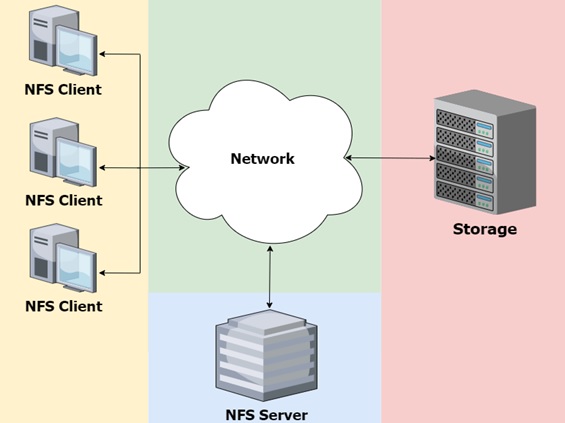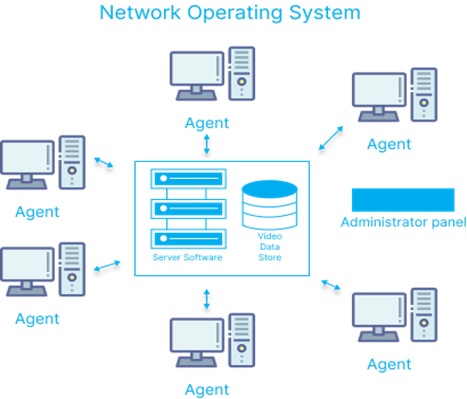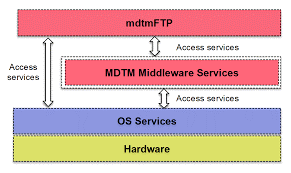Simplifying Complex Fabrics with Open Source Based Solutions
Simplifying complex fabrics with open-source based solutions can involve leveraging various tools and frameworks to streamline and automate processes. Here are a few approaches that can help simplify complex fabrics using open-source solutions.
- Orchestration and Automation
- Configuration Management
- Monitoring and Management
- Software-Defined Networking (SDN)
- Software-Defined Storage (SDS)
- Infrastructure as Code (IaC)
- Collaborative Development
By leveraging these open-source based solutions, you can simplify the management, configuration, and monitoring of complex fabrics, making them more manageable and efficient. Additionally, open-source solutions often offer flexibility, extensibility, and cost-effectiveness, making them suitable for various deployment scenarios.

Figure 1. Simplifying Complex Fabrics with Open Source Based Solutions
Simplifying Complex Fabrics with Open Source Based Solutions is shown in figure 1. While modern applications and workloads migrate from the data center out to the edge, the complexity of the supporting network infrastructure has been increasing exponentially. The proliferation of edge devices creates a litany of management silos and security headaches for network administrators, as legacy network solutions often struggle to provide the flexibility and innovation to support new initiatives, much less drive added value. Organizations need a modern infrastructure that can support these new demands.
This is one reason why open-source-based solutions have been gaining so much momentum recently in IT. SONiC (Software for Open Networking in the Cloud), is an open-source network operating system that has been recently revolutionizing the networking ecosystem.
Benefits of SONiC
Without a clear view of the entire fabric, segments of the network become like a black box. You know what goes in and what comes out, but not what's happening in-between. The data center may not be aware of what's happening at the edge, and edge devices can become security risks. Managing multiple fabrics independently can result in inconsistent policies and increase the risk of human error.
SONiC helps simplify all that. By providing a unified fabric with single NOS from core to edge network administrators have control of, and visibility into, the entire fabric. This helps streamline deployments, operations and monitoring, all while using the same familiar network lifecycle management tools they've grown accustomed to in the data center.
In conclusion, open source-based solutions have emerged as a valuable tool for simplifying complex fabrics in various industries. These solutions provide a flexible and customizable framework that allows organizations to streamline their fabric infrastructure and optimize performance. Open source-based solutions also promote transparency and interoperability. Organizations can examine the underlying code, customize it to fit their specific needs, and integrate it with other systems seamlessly.
In summary, open source-based solutions provide a compelling approach to simplifying complex fabrics. By harnessing the power of collaboration, transparency, and cost-effectiveness, these solutions offer organizations the opportunity to optimize their fabric infrastructure and drive innovation in their respective industries. Embracing open source can lead to significant benefits in terms of efficiency, scalability, and long-term sustainability.
References:
- https://www.informationweek.com/cloud/simplifying-complex-fabrics-with-open-source-based-solutions
- https://www.networkcomputing.com/networking/simplifying-complex-fabrics-open-source-based-solutions
Cite this article:
Gokula Nandhini K (2023), Simplifying Complex Fabrics with Open Source Based Solutions, AnaTechMaz, pp.116















